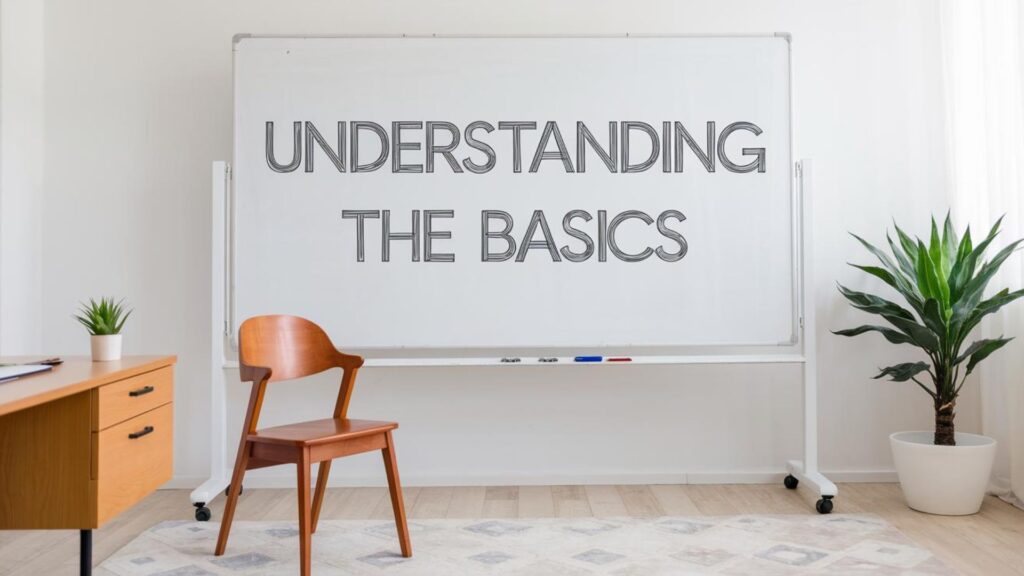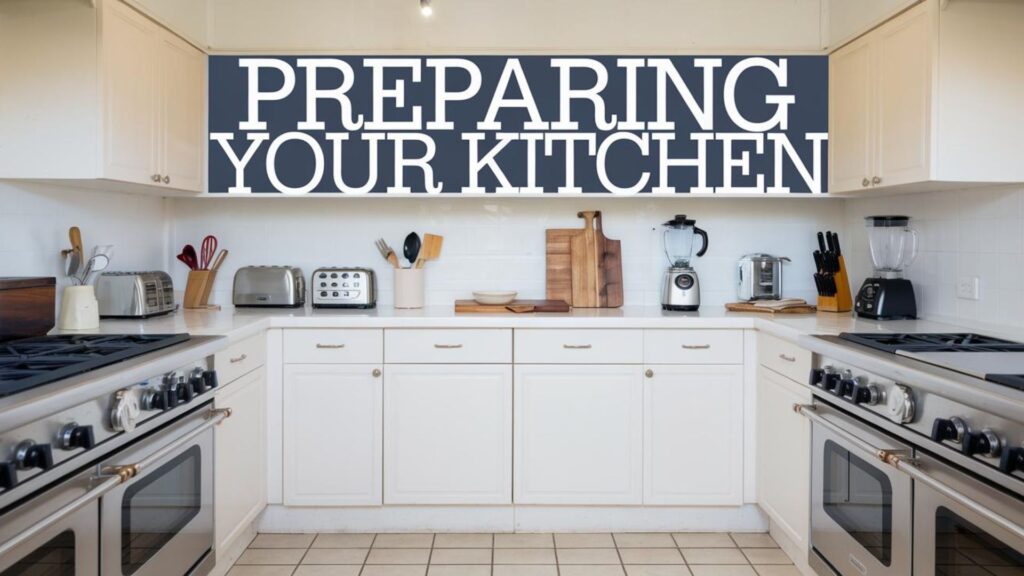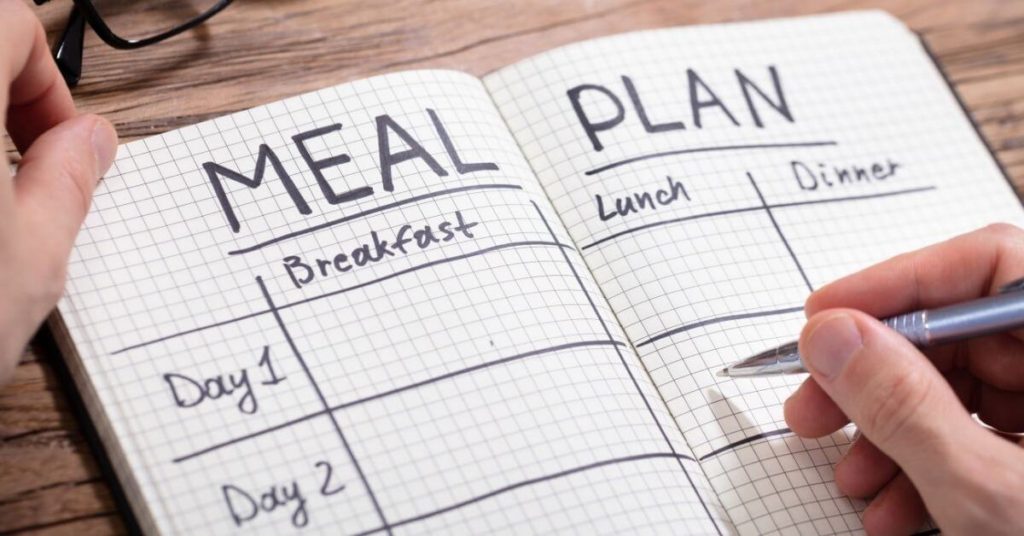Are you ready to revolutionize your health and well-being? A low-carb lifestyle might be the key you’ve been searching for. In 2024, more people than ever are discovering the incredible benefits of reducing their carbohydrate intake. From shedding those stubborn pounds to gaining better control over blood sugar levels and experiencing a surge in overall vitality, the advantages are hard to ignore.
5 Steps to Transition to a Low-Carb Lifestyle
- Gradually reduce carb intake
Tip: Start by cutting out sugary drinks and snacks
- Increase healthy fat consumption
Tip: Add avocados, nuts, and olive oil to your diet
- Focus on protein-rich foods
Tip: Include eggs, fish, and lean meats in your meals
- Stay hydrated and manage electrolytes
Tip: Drink plenty of water and consider adding salt to your food
- Plan your meals and snacks
Tip: Prepare low-carb options in advance to avoid temptations
But let’s face it – changing your eating habits can feel like a big challenge. That’s why we’ve put together this comprehensive guide to help you smoothly transition into a low-carb way of life. We’ll walk you through each step, offering practical advice, delicious recipes, and strategies to overcome common hurdles. So, are you ready to take the first step towards a healthier, happier you? Let’s get started!
Daily Calorie & BMI Calculator
Understanding the Basics

Before we dive into the nitty-gritty of transitioning to a low-carb lifestyle, it’s essential to grasp the fundamental principles. At its core, a low-carb diet focuses on reducing your intake of carbohydrates while increasing your consumption of proteins and healthy fats.
The Numbers Game: Macronutrient Ratios
Low-Carb Diet Macronutrient Ratios
In a typical low-carb diet, the macronutrient breakdown looks something like this:
- Carbohydrates: 10-25% of daily calories
- Protein: 20-30% of daily calories
- Fat: 50-70% of daily calories
However, these ratios can vary depending on your specific goals and health needs. Some people might opt for a more moderate approach, while others might choose a stricter ketogenic diet with even fewer carbs.
Quality Over Quantity: Choosing the Right Foods
A successful low-carb lifestyle isn’t just about cutting carbs – it’s about focusing on nutrient-dense, whole foods. Here’s a quick rundown of what to eat and what to avoid:
Foods to Enjoy on a Keto Diet
High-quality Meats
Grass-fed beef, free-range poultry, wild-caught fish
Eggs
A versatile and nutritious keto-friendly food
Healthy Fats
Avocados, olive oil, coconut oil, grass-fed butter
Low-carb Vegetables
Leafy greens, broccoli, cauliflower, zucchini
Nuts and Seeds
Great for snacking and adding crunch to meals
Full-fat Dairy
In moderation, can be part of a keto diet
Foods to Limit or Avoid on a Keto Diet
Grains
Wheat, rice, oats, corn
Sugar and Sweeteners
High in carbs, can disrupt ketosis
Starchy Vegetables
Potatoes, sweet potatoes
Processed Foods
Often high in carbs and unhealthy additives
High-carb Fruits
Most fruits are too high in sugar for keto
By focusing on these whole, unprocessed foods, you’ll naturally reduce your carb intake while providing your body with the nutrients it needs to thrive.
Preparing Your Kitchen

Now that you understand the basics, it’s time to set yourself up for success by stocking your kitchen with low-carb essentials. This step is crucial for making your transition as smooth as possible.
Pantry Makeover
Start by clearing out high-carb items from your pantry. This might feel tough at first, but remember – you’re making room for exciting new options! Here’s what to stock up on:
- Almond flour and coconut flour (great for low-carb baking)
- Nuts and seeds (almonds, walnuts, chia seeds, flaxseeds)
- Sugar alternatives (stevia, erythritol, monk fruit sweetener)
- Canned fish (tuna, sardines, salmon)
- Low-carb condiments (mustard, hot sauce, sugar-free mayonnaise)
- Cooking oils (extra virgin olive oil, avocado oil, coconut oil)
Fridge and Freezer Essentials
Your refrigerator and freezer are about to become your best friends. Stock them with:
- High-quality meats and fish
- Eggs
- Full-fat dairy products (cheese, heavy cream, Greek yogurt)
- Low-carb vegetables
- Berries (in moderation)
- Butter and ghee
Smart Swaps for Common High-Carb Foods
Making simple substitutions can help you stick to your low-carb goals without feeling deprived. Try these swaps:
- Cauliflower rice instead of regular rice
- Zucchini noodles or spaghetti squash instead of pasta
- Lettuce wraps instead of bread or tortillas
- Almond flour or coconut flour instead of wheat flour
- Berries instead of high-sugar fruits
By having these alternatives on hand, you’ll be prepared to tackle cravings and stay on track with your low-carb lifestyle.
Gradual Transition
One of the biggest mistakes people make when switching to a low-carb diet is trying to change everything overnight. This approach often leads to feelings of deprivation and burnout. Instead, we recommend a gradual transition that allows your body and mind to adjust comfortably.
Week 1-2: Awareness and Small Changes
Start by becoming more aware of the carbs in your current diet. Use a food tracking app to log your meals for a week. This will give you a clear picture of where most of your carbs are coming from.
Next, make small, manageable changes:
- Replace sugary drinks with water, unsweetened tea, or coffee
- Swap out one high-carb side dish for a low-carb alternative (e.g., cauliflower mash instead of mashed potatoes)
- Introduce one or two low-carb meals into your weekly routine
Week 3-4: Increasing Low-Carb Options
As you become more comfortable with the changes, start to increase your low-carb meals:
- Aim for low-carb breakfasts every day (e.g., eggs and avocado, Greek yogurt with berries and nuts)
- Replace high-carb snacks with low-carb alternatives (e.g., cheese and cucumber slices instead of crackers)
- Experiment with new low-carb recipes for dinner
Week 5-6: Fine-Tuning Your Approach
By now, you should be feeling more comfortable with your new eating habits. It’s time to fine-tune your approach:
- Reduce your carb intake further if you feel ready
- Pay attention to how different foods make you feel and adjust accordingly
- Start tracking your macros more closely to ensure you’re hitting your targets
Remember, everyone’s journey is different. Some people might transition more quickly, while others might take a few months to fully adapt. The key is to listen to your body and make changes at a pace that feels sustainable for you.
Common Challenges and Solutions

Transitioning to a low-carb lifestyle isn’t always smooth sailing. Here are some common challenges you might face and strategies to overcome them:
Challenge 1: Carb Cravings
Solution: Cravings are normal, especially in the beginning. Try these strategies:
- Eat enough protein and fat to keep you satisfied
- Stay hydrated – sometimes thirst masquerades as hunger
- Keep low-carb snacks on hand (e.g., hard-boiled eggs, cheese sticks, nuts)
- Distract yourself with a non-food activity when cravings hit
Challenge 2: The “Keto Flu”
The “Keto Flu” Challenge
Solutions
Some people experience flu-like symptoms (fatigue, headaches, irritability) when first reducing carbs. This is often due to electrolyte imbalances and usually passes within a few days.
Solution:
- Increase your intake of electrolytes (sodium, potassium, magnesium)
- Stay well-hydrated
- Consider taking a multivitamin
- Get plenty of rest
Challenge 3: Social Situations and Dining Out
Eating low-carb can be tricky in social situations or when dining out.
Solution:
- Check restaurant menus in advance and plan your order
- Focus on protein and vegetables when eating out
- Don’t be afraid to make special requests (e.g., asking for a burger without the bun)
- Bring a low-carb dish to share at social gatherings
Challenge 4: Plateau in Weight Loss
It’s common for weight loss to slow down or stall after initial success.
Solution:
- Reassess your calorie intake – you might need to adjust as you lose weight
- Increase your physical activity
- Try intermittent fasting (with your doctor’s approval)
- Be patient – weight loss isn’t always linear
Remember, challenges are a normal part of any lifestyle change. The key is to stay positive, be patient with yourself, and focus on the improvements in your overall health and well-being.
Meal Planning and Recipes

One of the secrets to long-term success on a low-carb diet is having an arsenal of delicious recipes at your fingertips. Here are some tips for effective meal planning, along with a few mouthwatering recipes to get you started.
Meal Planning Tips
Meal Planning Tips for Low-Carb Success
- Plan your meals for the week ahead
- Prep ingredients in advance (e.g., chop vegetables, cook proteins)
- Cook in batches and freeze portions for busy days
- Keep a variety of low-carb snacks on hand
- Don’t forget to include treats – there are plenty of low-carb dessert options!
Sample Meal Plan
Here’s a sample day of eating on a low-carb diet:
Breakfast: Spinach and Feta Omelet
- 3 eggs
- 1 cup spinach
- 1/4 cup crumbled feta cheese
- 1 tbsp olive oil
Lunch: Chicken Caesar Salad
- 4 oz grilled chicken breast
- 2 cups romaine lettuce
- 2 tbsp Caesar dressing (sugar-free)
- 1 tbsp grated Parmesan cheese
Dinner: Salmon with Roasted Vegetables
- 6 oz baked salmon
- 1 cup mixed roasted vegetables (broccoli, cauliflower, zucchini)
- 1 tbsp olive oil
- Herbs and spices to taste
Snack: 1/4 cup mixed nuts and 1 oz cheese
Easy Low-Carb Recipes
Cauliflower Mac and Cheese
Ingredients:
- 1 large head cauliflower, cut into florets
- 1 cup heavy cream
- 2 oz cream cheese
- 1.5 cups shredded cheddar cheese
- 1/4 tsp garlic powder
- Salt and pepper to taste
Instructions:
- Steam cauliflower until tender.
- In a saucepan, heat cream and cream cheese until smooth.
- Add cheddar cheese and garlic powder, stirring until melted.
- Pour cheese sauce over cauliflower and mix well.
- Season with salt and pepper.
Keto Pizza
Ingredients:
- 1.5 cups shredded mozzarella cheese
- 2 tbsp cream cheese
- 1 egg
- 3/4 cup almond flour
- 1/2 tsp garlic powder
- Your favorite low-carb pizza toppings
Instructions:
- Preheat oven to 425°F (220°C).
- Melt mozzarella and cream cheese in the microwave.
- Mix in egg and almond flour to form a dough.
- Roll out dough on parchment paper and bake for 10 minutes.
- Add toppings and bake for another 5-7 minutes.
These recipes are just the beginning. As you become more comfortable with low-carb cooking, you’ll discover a world of delicious options that make sticking to your new lifestyle a breeze.
Support and Accountability
Transitioning to a low-carb lifestyle is an exciting journey, but it’s not one you have to take alone. Having a support system can make a world of difference in your success and enjoyment of this new way of eating.
Online Communities
The internet is a treasure trove of support for low-carb eaters. Consider joining:
Online Communities for Low-Carb Eaters
These platforms allow you to connect with others on similar journeys, share experiences, and get answers to your questions.
Local Support Groups
Check if there are any local low-carb or keto meetup groups in your area. These can be great for:
- Sharing recipes and meal ideas
- Discussing challenges and solutions
- Finding accountability partners
Working with Professionals
Consider working with healthcare professionals to support your journey:
- Consult a registered dietitian who specializes in low-carb diets
- Talk to your doctor about your dietary changes, especially if you have any pre-existing health conditions
- Consider working with a health coach for personalized support and accountability
Tracking Tools
Use apps and tools to track your progress and stay accountable:
- MyFitnessPal or Cronometer for tracking macros
- Carb Manager for specialized low-carb tracking
- A simple journal to record your meals and how you feel
Remember, seeking support isn’t a sign of weakness – it’s a smart strategy for long-term success. Don’t hesitate to reach out and connect with others who can encourage and inspire you on your low-carb journey.

Conclusion
Transitioning to a low-carb lifestyle is a powerful step towards improving your health and well-being. By understanding the basics, preparing your kitchen, making gradual changes, and addressing common challenges, you’re setting yourself up for success.
Remember, this journey is about more than just cutting carbs – it’s about nourishing your body with wholesome, nutrient-dense foods and discovering a way of eating that makes you feel energized, satisfied, and healthy.
As you embark on this new chapter, keep these key points in mind:
Your Low-Carb Journey: Key Points to Remember
Whether your goal is weight loss, better blood sugar control, or simply feeling more vibrant, a low-carb lifestyle has the potential to transform your health. So why wait? Take that first step today towards a healthier, happier you.
Are you ready to start your low-carb journey? Remember, every small change counts, and you have the power to make a positive impact on your health. Here’s to your success on this exciting new path!


